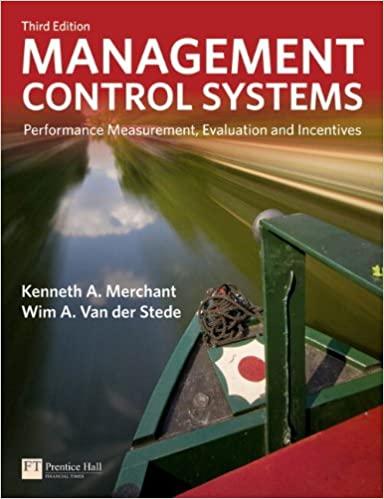Question
Vicit Corp. manufactures steel parts for companies in the automotive and aeronautic industry. It makes all sales of its inventory on credit (i.e. all sales
Vicit Corp. manufactures steel parts for companies in the automotive and aeronautic industry. It makes all sales of its inventory on credit (i.e. all sales revenue is derived from credit sales), extending cash discounts with terms 2/10, n/30 and opportunities for sales returns within a 30-day window from the point of delivery. Vicit uses the gross method to account for cash discounts and the balance sheet method to account for its bad debt expense arising from uncollectible accounts.
Vicit uses straight-line methods to allocate costs for both its fixed and intangible assets. Factories are assigned a 30-year useful life, equipment a 5-year useful life and its patents have a 7-year useful life. The company anticipates no salvage on any of its long-term operating assets.
During 2021, Vicit decided to discontinue a component of its operations and successfully sold it in December. It attributes 10% of its total operating income to the discontinued component in determining the income (loss) from the discontinued component.
The companys effective tax rate is 20%.
The following is unadjusted trial balance at 12/31/21 (all $ values in thousands). The accounts are not organized in the traditional way of trial balances (that would make the balance sheet too easy to make!)
|
| Debit | Credit |
| Factories | 20,000 |
|
| Bonds payable (due 2030) |
| 10,000 |
| Inventory | 3,500 |
|
| Allowance for sales returns |
| 3 |
| Common stock |
| 300 |
| Accounts payable |
| 800 |
| Deferred revenue |
| 4,000 |
| Accumulated depreciation factories |
| 1,000 |
| Prepaid insurance contracts | 300 |
|
| Patents | 900 |
|
| Equipment | 5,000 |
|
| Available for sale debt securities | 600 |
|
| Salary expense | 3,000 |
|
| Research and development | 2,700 |
|
| Additional paid-in capital |
| 2,000 |
| Accumulated depreciation equipment |
| 600 |
| Accounts receivable | 1,000 |
|
| Accumulated other comprehensive income |
| 200 |
| Trading securities | 90 |
|
| Dividends payable |
| 20 |
| Retained earnings |
| 11.100 |
| Treasury stock | 200 |
|
| Sales revenue |
| 14,000 |
| Utilities expense | 30 |
|
| Cost of goods sold | 5,500 |
|
| Allowance for doubtful accounts |
| 5 |
| Sales discounts | 238 |
|
| Land | 100 |
|
| Cash and equivalents | 220 |
|
| Loss on disposal of discontinued operations | 650 |
|
Additional information (some but not all of this information will be used to determine adjusting entries, dont assume everything here is an adjusting item):
- The following aging schedule is used to determine bad debt expense for the year:
| Days outstanding | Dollar value of accounts (in thousands) | Likelihood of default |
| 1 30 days | 700 | 3% |
| 31 60 days | 200 | 5% |
| 60 90 days | 85 | 10% |
| 90+ days | 15 | 20% |
The prepaid insurance contracts were originally paid for during 2020. Their coverage will expire 12/31/23.
The deferred revenue contract was established with a customer to provide services for three years, it was signed on 9/1/21.
Step by Step Solution
There are 3 Steps involved in it
Step: 1

Get Instant Access to Expert-Tailored Solutions
See step-by-step solutions with expert insights and AI powered tools for academic success
Step: 2

Step: 3

Ace Your Homework with AI
Get the answers you need in no time with our AI-driven, step-by-step assistance
Get Started


